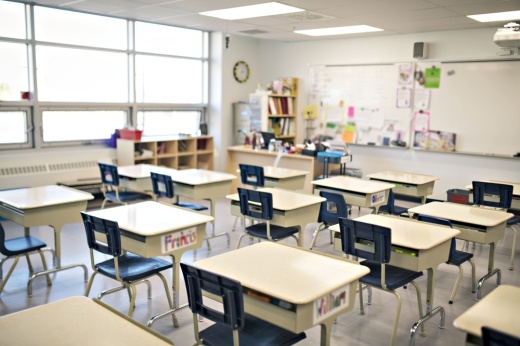The big picture
In the Bay Area, which includes nine ZIP codes covering League City, Webster, Nassau Bay, Friendswood and Kemah, data from a July 2023 report from research and advocacy nonprofit Children at Risk shows there is a shortage of about 3,200 child care spots.
For Emmalee Cochrane, director of Primrose School of Clear Lake, the shortage primarily comes down to spaces for infants, which she said she receives calls on “almost daily.” While there is space for those 2 years old and older, those with infants could have to wait until July until they get a spot at her facility.
“It’s been normal for [those rooms] to be full,” Cochrane said. “Speaking to families, we’d be able to give them an easier waitlist—maybe space in a month or two. Really it’s a new problem to not be able to accept any more.”
The issues surrounding the number of available seats can be looked at from a couple different levels.
One is the infant care shortage itself, which comes from lower class sizes from state law, which caps the number of infants in a classroom at 10, and teacher-to-child ratios.
“Providing that service of intense care to infants can be a little cost prohibitive,” Cochrane said. “It’s hard to create those spaces.”
The second is the issue of child care more broadly. Many day care facilities were closed during the COVID-19 pandemic and didn’t open back up, Cochrane said.
A closer look
Of the nine ZIP codes covering the Bay Area, six do not have enough child care spots within them to meet the needs of the area.
While Cochrane said she wouldn’t say the entire need boiled down to a shortage of space for infants, that’s what she’s seen personally for her center. The issue of not enough centers is also a problem both in the area and across the state.
Prior to the pandemic, there were about 17,000 early child care centers. That number fell to 12,000 in 2021 and has since rebounded to about 14,000 in 2022, said Kim Kofron, senior director of education at Children at Risk.
Zooming out
While there is a gap in child care for the Bay Area, the shortage is worse for many other ZIP codes both across Texas and in the Greater Houston area.
In Texas, a third of all ZIP codes qualify as a child care desert, according to the report. This occurs when there are three times more children eligible for child care than there are seats available.
Across the Greater Houston area, 45 of the area’s roughly 200 ZIP codes are classified as child care deserts. In the Bay area, just one ZIP code—77598—qualifies, according to the data.
Some work is going on at the state level to remedy the problem, Kofron said. However, some efforts are still coming up short. The Legislature, for example, did not approve an additional $2.29 billion for early child care.
Senate Bill 1145, passed earlier this year, will reduce property taxes owed by eligible child care providers. It was approved in the Nov. 7 election.
“Is it the silver bullet that's going to fix it all? No, but it's a good step forward," Kofron said.
For Cochrane, she said she doesn’t see the issue getting better any time soon. Alleviating the problem comes down to needing more centers. And while her facility isn’t in need of teachers, she knows many that are.
“It can be hard to pay staff enough to recruit and retain them and keep tuition at an affordable rate,” she said.






